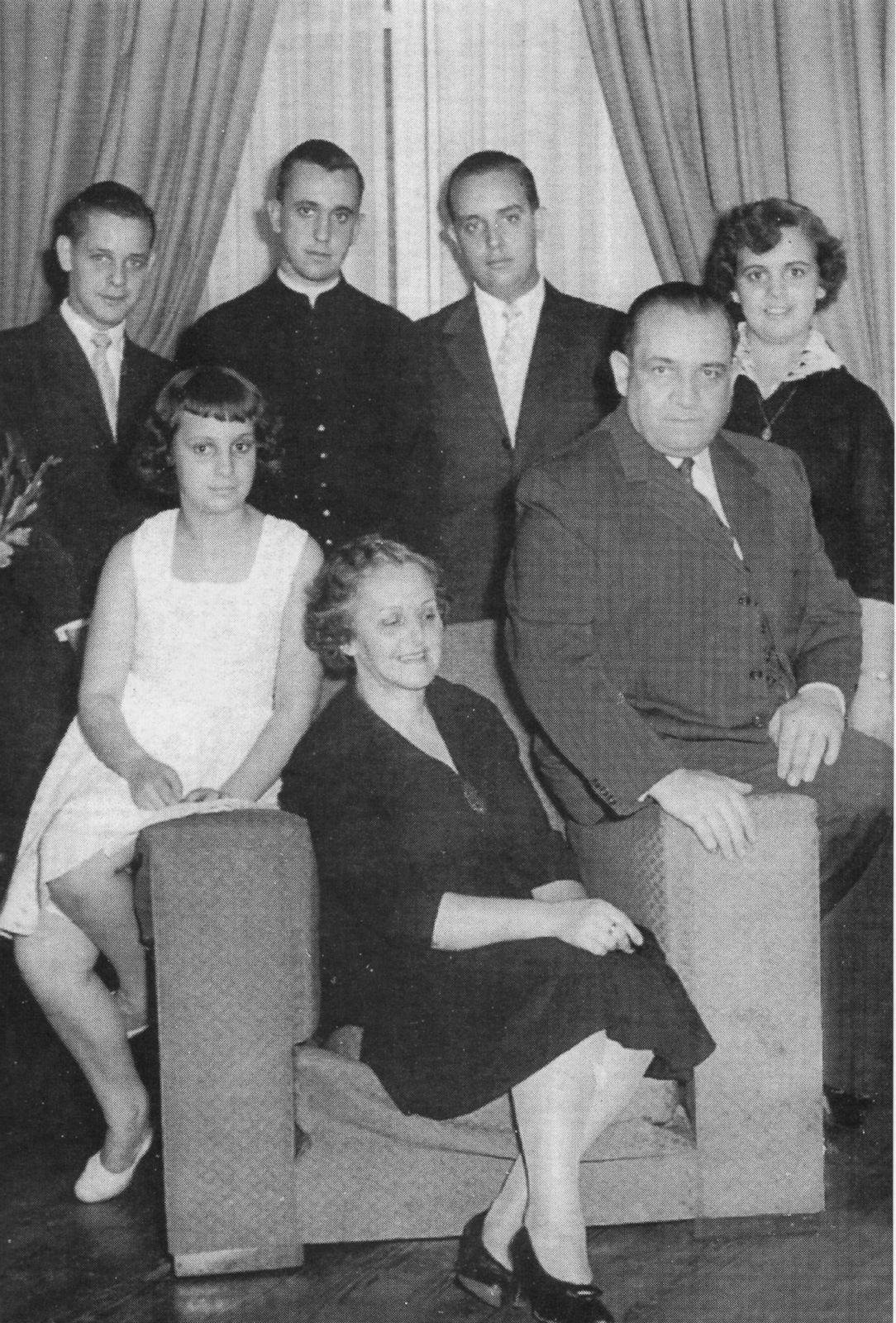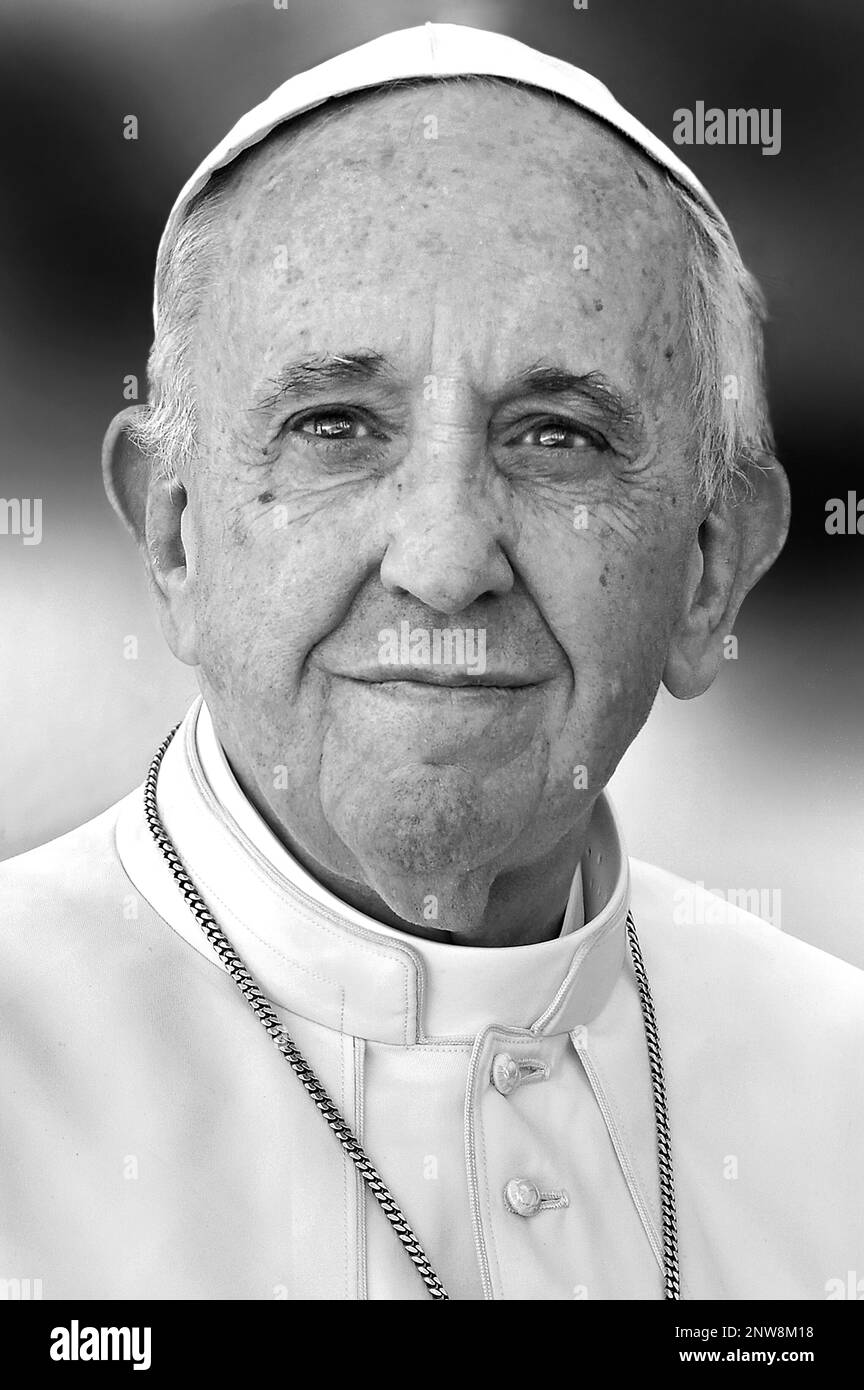Is it possible to reach the leader of the Catholic Church? Despite the complexities, direct communication with Pope Francis is achievable, and the methods available offer a fascinating insight into the workings of the Vatican.
The desire to connect with Pope Francis, the current pontiff, reflects a profound respect and spiritual yearning. People from all corners of the globe seek to communicate with the Holy Father, whether to express their faith, seek guidance, or share their personal stories. But how does one navigate the intricate channels of the Vatican to reach such a prominent figure? The challenge is not merely about addressing an envelope; it involves understanding the established protocols and the practical realities of communication with a global leader. The following provides a comprehensive guide to contacting Pope Francis, exploring the available avenues and offering practical advice for those who wish to connect with him.
One of the most traditional and widely recognized methods for contacting the Pope is through written correspondence. Letters offer a personal touch, allowing individuals to articulate their thoughts, prayers, and concerns in a thoughtful manner. While a personal response from Pope Francis cannot be guaranteed, each letter is received by Vatican staff and is potentially read and considered. The act of writing itself is a gesture of respect and an expression of faith. To ensure your letter reaches the intended destination, the correct mailing address is crucial. The Vatican mailing address is His Holiness, Pope Francis, Apostolic Palace, 00120 Vatican City.
For those wishing to attend a Papal audience, the process is also well-defined. Tickets for the Pope's General Audience are free of charge. Information on how to obtain these tickets can be found on the website of the Prefecture of the Pontifical Household. This provides an opportunity for faithful to gather in the presence of the Pope, listen to his words, and receive his blessing. It is a public event, and as such, offers a unique way to connect with the papacy on a more immediate level.
The Vatican Press Office is often described as the official channel for communication with the Holy Father. Emails sent to the Press Office, specifically to the address , have been known to garner responses. This is the most direct electronic pathway, providing a convenient alternative to traditional mail. This offers an immediate means of conveying requests or information, allowing for a faster exchange of communication.
The Vatican has a general phone number, +390669881022, that is widely published. It is important to understand that this number does not provide direct access to Pope Francis himself. Rather, it connects callers to the central switchboard of the Vatican. Similarly, the fax number +390669885373 is a general line. These lines serve as a gateway to various Vatican departments and offices.
The Vatican, as a sovereign city-state, operates under its own legal and administrative framework. Contacting the Pope or any department of the Vatican requires adherence to proper protocol and recognizing the various layers of administration. Knowing these protocols helps navigate the communication channels effectively and increases the chances of a response. Respect for the established procedures is essential for anyone seeking to communicate with the Vatican.
The Vatican City State is the smallest independent state globally, and its operations are complex. Various dicasteries handle different aspects of Church affairs. To address inquiries related to specific topics, one should consider sending the message to the relevant dicastery. For instance, if the matter involves doctrinal issues, the Congregation for the Doctrine of the Faith would be the correct department. This focused approach increases the likelihood of the communication reaching the appropriate personnel and receiving a relevant reply.
Personal interaction with Pope Francis is rare, given his demanding schedule and global responsibilities. However, there are instances where he interacts with individuals, sometimes even through personal phone calls. Such instances highlight the Pope's accessibility and his commitment to pastoral care. It's important to note that such personal interactions are not a standard form of communication and should not be expected. The Pope's commitment to connecting with his faithful does demonstrate the human dimension behind the position.
The Apostolic Palace serves as the Pope's official residence. Writing to this address, along with using the correct salutations and addressing protocols, is the standard practice for official correspondence. A letter addressed to the Apostolic Palace is more likely to be handled appropriately and may reach the Pope's attention. The Casa Santa Marta, where Pope Francis resides, is also a viable address for correspondence. This residence signifies a deliberate choice by the Pope to live a more simple lifestyle, reflecting the core values of the Church.
There are credible reports from inside and from those who have visited the Vatican that confirm the contact information. The information is subject to change. Always verify any information about the Vatican through official channels. Using the official Vatican website and reliable news sources will keep communication methods accurate. These resources ensure the information is up-to-date and accurate.
Contacting Pope Francis is a journey. There are various channels available to convey your message, and each offers its unique approach. While a personal response is not guaranteed, the act of reaching out is a demonstration of faith. Whether through letters, email, or attending public events, the process offers a sense of connection. By understanding the established protocols, individuals can increase the chances of their voices being heard in the heart of the Catholic Church.



